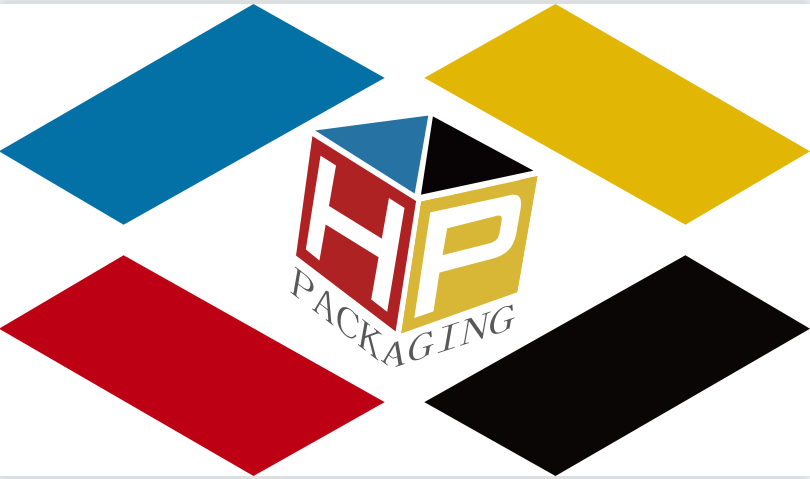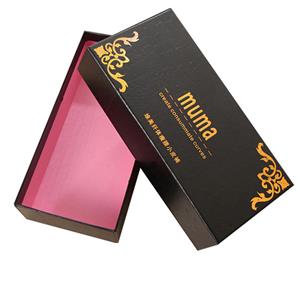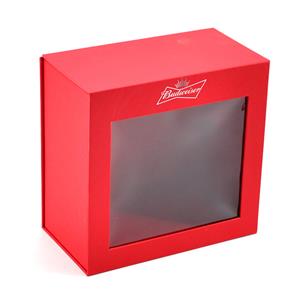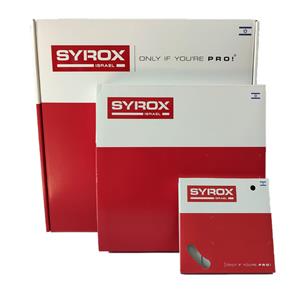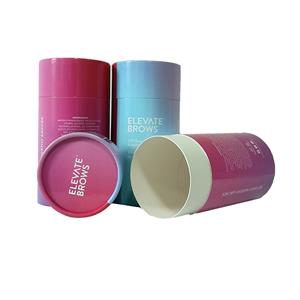Paper packaging is the best packaging choice given by nature
Paper packaging is the best packaging choice given by nature
There are three ways to mitigate climate change: avoiding greenhouse gas (GHG) emissions, storing greenhouse gases (carbon) in forests and forest products, and capturing greenhouse gases from the atmosphere. The manufacture, use and recycling of paper packaging contributes to all three.
Sustainable forestry practices enhance the capacity of forests to capture and sequester atmospheric carbon, while enhancing other ecosystem services, such as improving soil and water quality. Planting new trees and improving forest health through thinning and prescribed burning are some of the ways to increase forest carbon emissions in the long run. Harvesting and regenerating forests can also lead to net carbon sequestration of wood products and new forest growth.
By using residues and by-products (biomass) to produce most of the energy needed for its operations, the forest products industry plays an important role in promoting renewable energy production and reducing dependence on fossil fuels. Because trees absorb carbon dioxide as they grow, international carbon accounting principles accept carbon that is in transit, displayed in stores, or used at home.

Corrugated boxes are the backbone of the U.S. supply chain. About 38 billion packages are delivered safely in corrugated boxes each year. Corrugated packaging is usually lightweight and can reduce shipping costs. Most Americans (83%) agree that paper and cardboard packaging can be innovative. In fact, about seven in 10 believe this type of packaging allows for more creative packaging designs than other packaging materials (75%), and that products packaged in paper or cardboard seem to be more handmade or hand-made (69%).
Corrugated cardboard can be cut and folded into an infinite variety of shapes and sizes and printed directly with high-resolution color graphics. Corrugated paper is custom-designed to meet specific product protection, shelf space and transport density requirements, including internal packaging that prevents displacement.
With plastic pollution on the rise, countless brands are opting for more sustainable branded solutions when it comes to product packaging. That's where paper comes in. Eco-friendly materials are recyclable and lightweight, making them ideal for use in food, coffee or dessert products. In addition to environmentally friendly features, paper packaging is also easy to customize in terms of color, text or graphics.
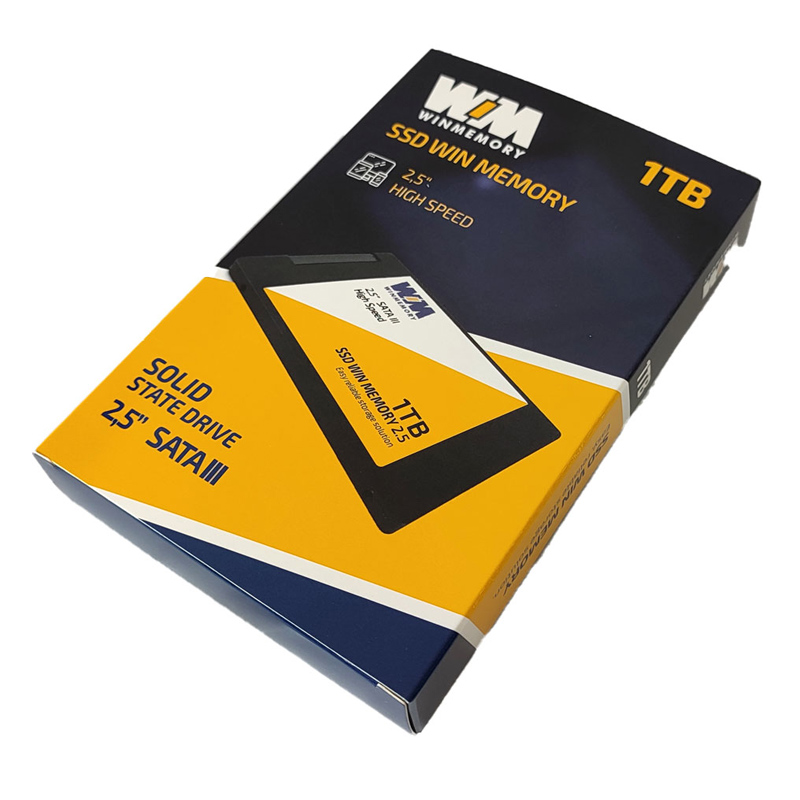
People look to product packaging to help them decide what to buy. Perceptions of practicality, sustainability and quality all play a role. When asked to rank their preferred packaging materials (paper and cardboard, glass, metal, or plastic) based on 15 environmental, practical, and visual/tactile attributes, U.S. consumers ranked paper and cardboard packaging the highest in 11 out of 15 attributes, with 66% saying paper and cardboard packaging is more environmentally friendly.
68% of US shoppers aged 18-65 believe it is important to choose responsibly packaged foods and beverages, and 71% agree that foods and beverages with healthier ingredients should also use healthier packaging materials. Paper and glass packaging is considered to have the least negative impact on the environment and is considered the healthiest option.
Consumers across the United States are willing to change their behavior to shop more sustainably. Nearly four in ten (38%) are willing to spend more on products packaged with sustainable materials, and more than a third (36%) say they would consider avoiding non-recyclable plastic packaging from retailers who have not taken steps to reduce their use.
Most Americans agree that the design of a product's packaging (72%) and the materials used to package a product (67%) often influence their purchasing decisions when choosing which products to buy. Two thirds of people believe that paper and cardboard packaging makes products more attractive than other packaging materials (67%), and a similar proportion believe that paper and cardboard packaging makes products look better (63%).
When asked which type of shopping bag - cotton/canvas, paper, lightweight plastic, lightweight compostable plastic, and heavy plastic - is best suited for various attribute functions, American consumers rated paper shopping bags the highest in terms of environmental protection, and they preferred paper shopping bags. Recyclable, compostable and made from renewable and recyclable materials.
